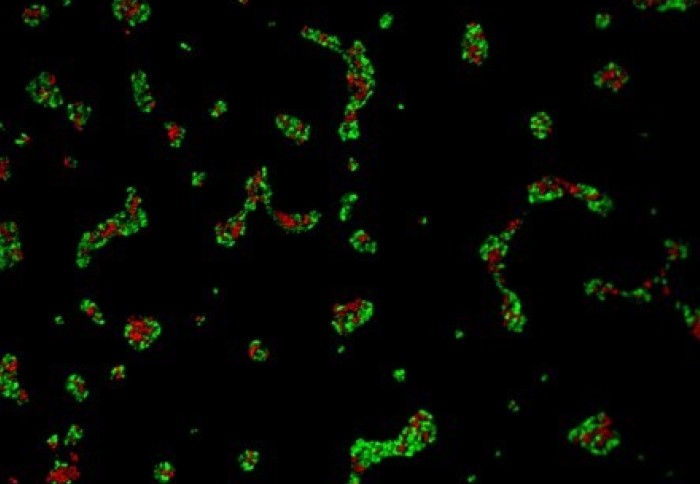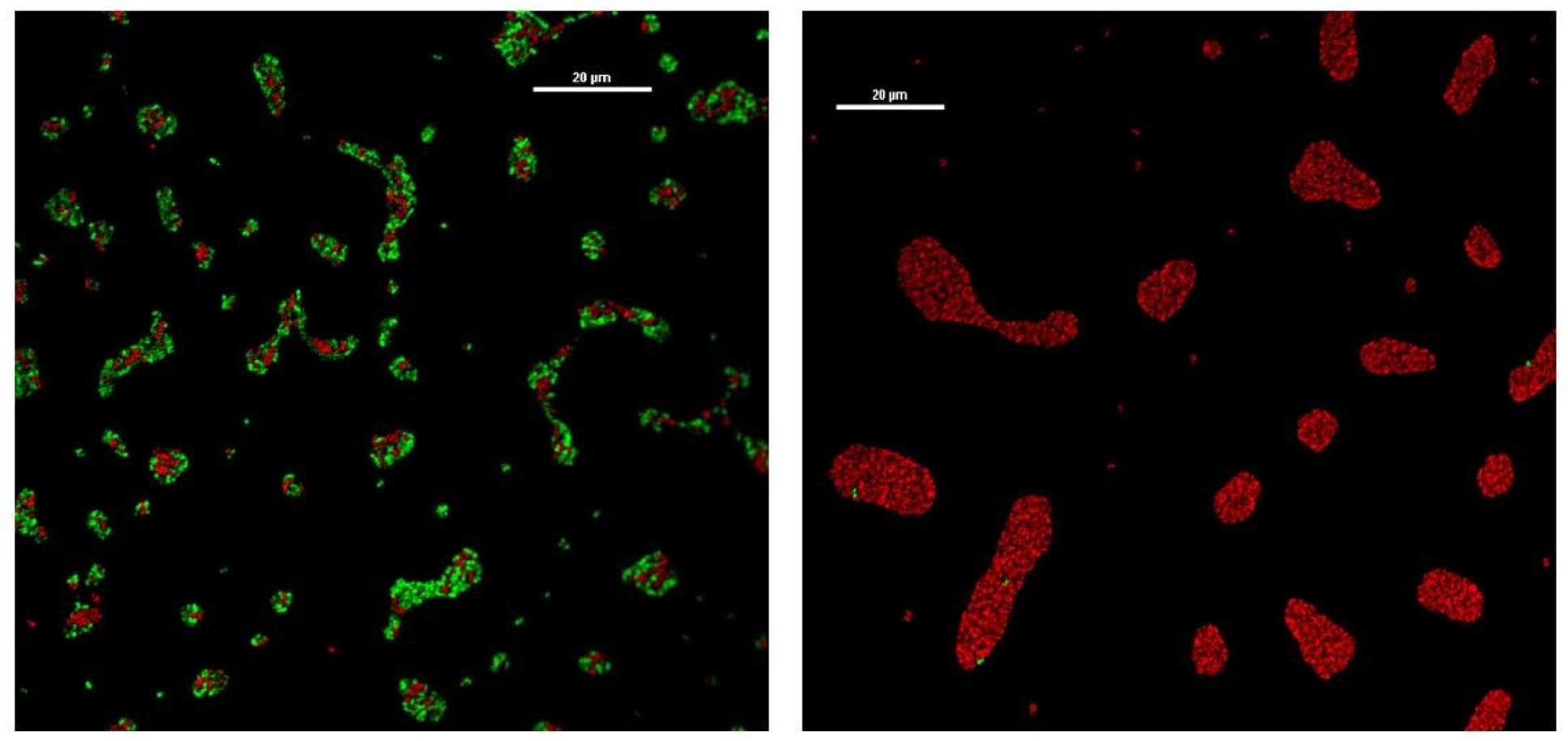‘Trojan horse’ bacteria could help defeat antibiotic-resistant infections

Engineered strains of bacteria that displace antibiotic-resistant strains could tackle hard-to-treat infections.
A team led by researchers from Imperial College London, the University of Surrey and the University of Zurich have created a strain of bacteria that can out-compete strains resistant to common antibiotics.
Our approach could provide an alternative to new antibiotics by manipulating the natural tendency of strains of bacteria to compete. Dr José Jiménez
This new strain could be used as a ‘Trojan horse’ in the body – displacing the antibiotic-resistant strains, and then being killed itself by an antibiotic it is vulnerable to. The team has tested the approach in an animal model of infection and published their results today in The ISME Journal.
Lead researcher Dr José Jiménez, from the Department of Life Sciences at Imperial, said: “Antibiotic resistance is rising among many dangerous pathogens, and new methods for tackling these infections are urgently needed.
"Our approach could provide an alternative to new antibiotics by manipulating the natural tendency of strains of bacteria to compete, allowing us to replace a dangerous strain with one we can treat relatively easily.”
New solutions to antibiotic resistance
The team worked with a species of bacteria called Pseudomonas aeruginosa, which is a common cause of lung infections in cystic fibrosis patients. The infections are often very difficult to treat as many P. aeruginosa strains have become resistant to a host of frontline antibiotics.
Instead of searching for new antibiotics to treat these infections, which the bacteria may also become resistant to, many researchers are turning to alternative methods.
One idea comes from the observation that infections are rarely made up of just one strain of a bacteria – there may be several different strains of P. aeruginosa in one patient’s lungs resulting from the evolution over time of the microorganism.
These strains may collaborate, for example in creating and sharing resources, or they may compete – trying to become the dominant strain either by making the best use of resources or killing off their competition.
If the dominant strains or strains are resistant to antibiotics, then the infection will be very difficult to treat. However, if a strain can be made that is stronger than antibiotic-resistant strains in one way, it will outcompete them and become dominant. If this new dominant strain is vulnerable to antibiotics, then it can be easily cleared from the body and the infection cured.
Competing strains
The team investigated the way P. aeruginosa acquires iron from its environment, which is essential for the bacteria’s survival. P. aeruginosa uses a molecule called pyoverdine to scavenge iron from the environment, then captures this with receptors on the bacteria cell surface.
P. aeruginosa has two pyoverdine receptors, which is advantageous when iron is scarce in the environment. However, having two receptors is costly to the cell, using more energy. The team found that disabling the secondary pyoverdine receptor allowed the bacteria to perform better when under stressful conditions that might require it to use more energy overall – such as when under attack by an antibiotic.
When pitted against a ‘wild-type’ strain with the usual two pyoverdine receptors, the single-receptor strain was shown to perform better under the stress of an antibiotic called gentamicin. In lab cultures and in an infection in the wax moth larvae Galleria mellonella, the team’s modified strain replaced the wild-type strain.

Now the new strain has been proven to outcompete wild-type strains, the team want to move forward with testing its potential to be a Trojan horse for tackling treatment-resistant infections. This will involve ensuring the new strain can be killed by frontline antibiotics so the infection can be cleared, as well as trialling the approach with more relevant animal models of infection.
The experimental work will also assess the safety of the procedure with special attention to ensuring that the ‘Trojan horse’ strains do not acquire antibiotic resistance mechanisms.
First author of the study Jaime González, from the Faculty of Health and Medical Sciences at the University of Surrey, says their work also opens up new avenues for finding further Trojan horses. He said: “We discovered an evolutionary trade-off for these bacteria; one where the cost and benefits of having one or two pyoverdine receptors can be tweaked to our advantage.
“We also want to investigate other such trade-offs to potentially create a series of Trojan horse candidates for fighting antibiotic-resistant infections.”
-
‘The loss of the pyoverdine secondary receptor in Pseudomonas aeruginosa results in a fitter strain suitable for population invasion’ by Jaime González et al. is published in The ISME Journal.
Article supporters
Article text (excluding photos or graphics) © Imperial College London.
Photos and graphics subject to third party copyright used with permission or © Imperial College London.
Reporter
Hayley Dunning
Communications Division